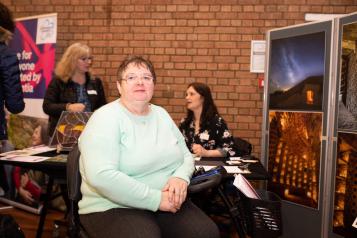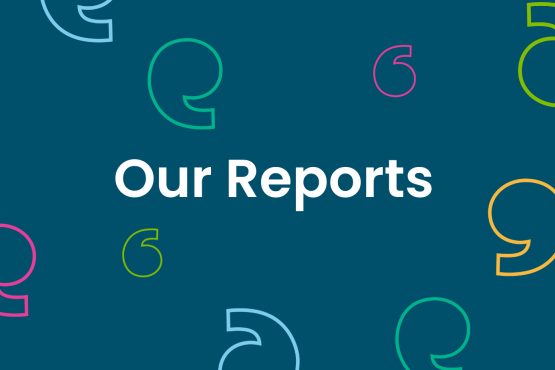Our response to new hospital waiting list data

By 2029, the government is hoping to return to an NHS standard where 92% of patients have a hospital test, appointment or operation within 18 weeks of their referral. Unfortunately, the total list has grown and the latest official waiting times data shows that progress has stalled with only 61.3% of patients seen within this time by the end of July.
Commenting on the latest statistics, William Pett, Head of Policy, Public Affairs and Research at Healthwatch England said:
“There is still a long way to go in tackling the long elective care backlog, with today’s stats showing the scale of the challenge ahead.
“NHS teams are rightly doing as much as they can, including finding out who still needs help and who doesn’t. Yet for those who have waited weeks, months, or even years, any contact from the NHS mustn't leave them feeling further frustrated and forgotten.
“Keeping people informed and giving them help while they wait can make a huge difference. We urge the NHS to ensure that communication with those on waiting lists includes a clear update on their situation and an offer of support where needed.”
Recent research by the Nuffield Trust and the Health Foundation found there have been similar numbers of people joining the waiting list as leaving it in recent months, with “validation exercises” leading to modest improvements in the size of the total list compared to last summer.
These exercises are common and an important thing for trusts to do, as they include checking whether people still need to be on the waiting list, deleting duplicate data and updating data errors.
However, feedback to Healthwatch concerningly shows that for far too many people, the only contact they receive is a text to ask if they still needed care, with a lack information on how to manage their condition, access to pain relief or mental health support, or updates on how much longer they would have to wait.
“I went to my GP in July 24. I wasn’t put on list till October according to the App and all I’ve had since is a ‘do you still want it?’ text.” Story shared with Healthwatch England
“My wife has been waiting since January of this year…Since then she has received no enquiries into her wellbeing or further support from any professional.” Story shared with Healthwatch England
“I was told there was a 20 week wait and to contact them if I didn't hear anything. I called the number and was told I am still on the waiting list. I had a text – ‘Do you still want to see the consultant?’ Yes, I do. It is now 26 weeks, and I have not heard anything.” Story shared by Healthwatch Warwickshire
“No contact after eight months…condition deteriorated. Went back to the GP who followed the referral up as urgent. We had to use the last of our savings to go private which was totally unacceptable. Seven months later had a text from the hospital to ask if still needed the appointment.” Story shared with Healthwatch England
Latest A&E and cancer data
The latest national statistics on waiting times in A&E and for cancer treatment were also released this morning.
At the end of July, over 300,000 people were waiting for cancer to be diagnosed or ruled out within 28 days of an urgent referral. A record 236,263 people were seen within 28 days, however this equates to 76.6% of patients, above the national standard of 75% but down slightly from 76.7% in June.
We recently published your latest feedback on experiences of cancer waits and treatment.
There were 2,265,945 attendances at A&E departments in England in August, down from 2.4 million in July. This was the busiest August ever, but despite being a quieter collective month for national A&E performance than July, only 75.9% of people were admitted, transferred or discharged within four hours of arrival, down from 76.4%.

